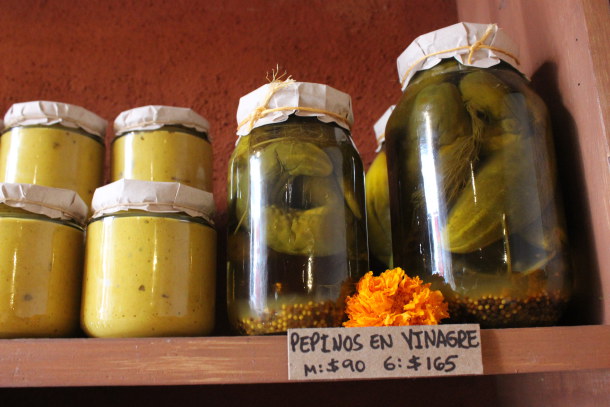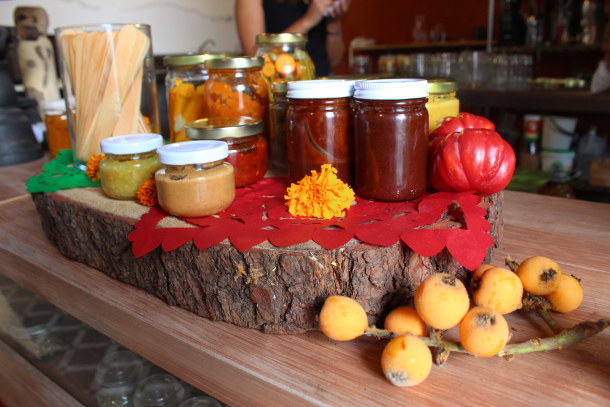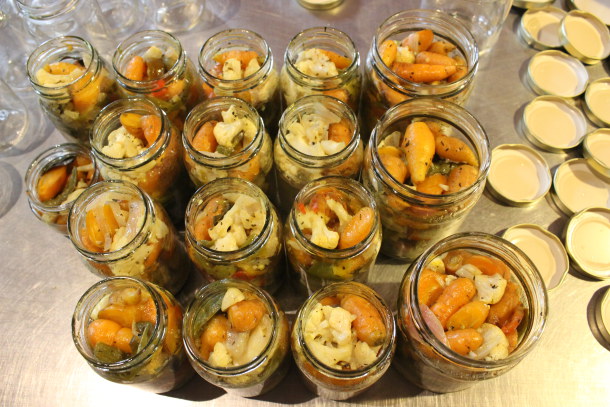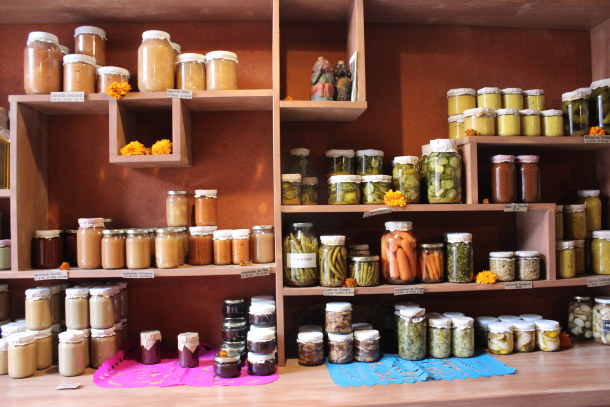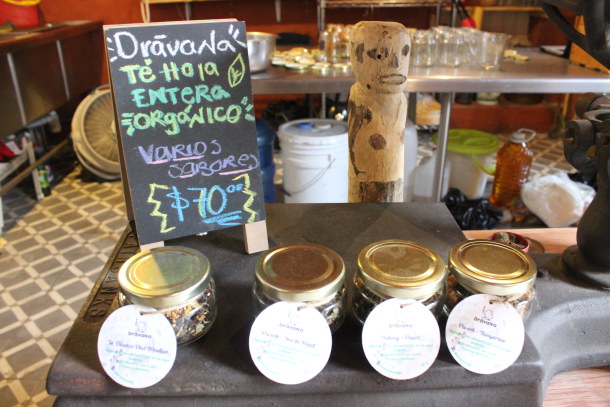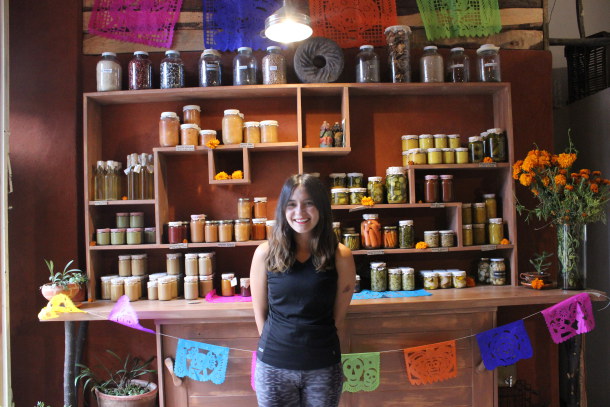Mexico
... TripPuerto Angel OaxacaVacations Xp2002 Ish. Puerto Angel, Oaxaca, Mexico ... Puerto Angel, Mexico. Save Learn more at Uploaded by user.
A trip to Puerto Angel
By John McClelland ©John McClelland 2006 -
The tourists at Zipolite were decidedly young although, there was a generous smattering of old hippies who seemed to be the more ardent practitioners of nudism.
A massive mountain range known as the Sierra Madre del Sur (mother range of the south) isolates Oaxaca City from the Pacific coastline of Oaxaca State. To get from one to the other is an adventure on a road of indifferent condition and engineering. The distance is only 150 miles but the trip takes the better part of seven hours. The Sierra Madre del Sur is a tall mountain range with peaks more 12,000 feet high and the trip takes us to elevations approaching 10,000 feet. The road follows the line of least resistance around and up the mountains, and contains so many twists and turns that travellers are advised to take seasickness medicine. It hugs the edge of the mountains and one side or the other is an open vista of sky. Sudden abrupt turns prevent an Evil Kneivel launch into space. Absolute attention to driving is mandatory, since portions of the road often succumb to gravity and completely vanish. Avalanches are known to engulf the road as boulders and gravel seek the valley bottom below. The sheer drama of this road implies lunacy on the part of anyone driving fast or at night.
The dangers of the road combine incongruously with the beauty of the terrain to keep you in a constant state of surprise. Valleys lie thousands of feet below on one side of the pavement and mountains ascend higher on the other side. From dry and sparse vegetation when first leaving Oaxaca City, the landscape grows greener as we ascend. Before long, pine forests begin to appear. At the peak of the climb, the temperature drops dramatically from the high eighties to the mid fifties. At the very crest, we stop at a cliff side restaurant. Here, in sheer wilderness where waiters wear parkas, we are able to check email on high-speed wireless Internet.
Once the pinnacle of the climb is breached, there is a dramatic drop to the Pacific Ocean and you witness an amazing transformation from pine forest to tropical jungle. At some points, these two forest zones absurdly intertwine.
Along the route are a number of small villages and many hamlets of just a few homes. In the valleys far below, larger communities and farms appear as tiny toy buildings. Wood is abundant and there is a rudimentary logging industry. On the Pacific side of the mountains, agriculture is more visible with an abundance of bananas, melons, coffee beans and tropical fruits.
Coastal Town
After about six and a half hours on the road, we catch a glimpse of the mighty Pacific and shortly thereafter, enter the city of Pochutla, the largest community in these parts. Nine kilometres further on, we arrive at the coastal town of Puerto Angel, a place that could never be accused of giving a good first or last impression.
The town was founded in the 1850s when the government installed a wharf in the horseshoe shaped harbour as a means of creating trade between this isolated region and the rest of the country. By 1870, Puerto Angel was purported to be the busiest port in Mexico. Government interest lagged thereafter and the town was nothing but an afterthought until the 1960s, when tourists began to take interest in this most southerly point in Mexico. At that time, access was by the same highway we drove but its condition was far less hospitable than the serpentine track we travelled. The opening of the Pacific coast highway through the '70s and '80s added to tourist interest. Gradually, small-scale hotels were built to serve the tourists' needs.
Geographically Puerto Angel consists of a small horseshoe bay protected at its entrance by craggy outcrops of rock. From the point where the ocean hits the land, there are roughly a couple of hundred yards of flat ground before the terrain rises precipitously up the Sierra Madre. Much of the flat land is dedicated to the main road running parallel to the beach and it is likely the only paved road in town. The east side of the bay contains the town wharf and is dedicated mainly to fishing and a small naval base. It has a nice sand beach onto which the fishing boats are run aground. Rotting fish entrails provide a distinct aroma. Children cast lines off the wharf and have little difficulty catching fish the size of speckled trout but the shape of tuna.
The other side of the bay is known as Playa Panteon. This is where most of the tourists convene. The beach is grittier but the waves and undertow are not as rough or dangerous as the east side. Most of the tourists are Mexican with only the occasional gringo for colour.
A Bohemian Beach
We looked at a couple of hotels in Puerto Angel but were not impressed enough to rent. Our experienced colleague suggested that we travel a further two miles to Zipolite Beach where he had arranged accommodation that would take him and his rottweiler. Zipolite is one of the few nude beaches in Mexico and is renowned for its Bohemian atmosphere.
The beach at Zipolite is fabulous. It runs for more than a mile from east to west and has beautiful, soft sand that packs hard at the waterline for easy walking. Facing the beach is the most ragtag collection of hotels I have ever seen. It is apparently vastly improved as a result of a recent hurricane. I can't imagine! We took a room in the best hotel we could find which was a four-storey masonry structure overlooking the beach. A single room, quite small, with two double beds, a private bathroom and large balcony was $30 per night. The hotel, like all others, did not offer hot water. Other hotel rooms along the beach could be had for $6-$20 per night or you could just rent a hammock on a roof or in a courtyard. Some hotels were nothing but rickety wooden structures built on stilts and wouldn't qualify as fit for human habitation in most countries of the world. These cheaper hotels had common baths and showers. However, if you want to enjoy an almost perfect beach and have little or no money, then $6 per night might be the perfect price.
The tourists at Zipolite were decidedly young although, there was a generous smattering of old hippies who seemed to be the more ardent practitioners of nudism. The crowd was almost entirely foreign with many Europeans and a lot of Canadians. Most surprising was the quiet on the beach. For a February and considering the large supply of "hotel rooms," this place was massively under-populated. Of the scant crowd, most were either sunbathing or strolling. Virtually no one was swimming, since the ocean is treacherous. Dangerous waves roll in day and night with a roar that is deafening. Six or so men were exercising their right to return to Mother Nature and these were strictly exhibitionists. They positioned themselves spread-eagled beside the main walking paths or strode or jogged in various stages of arousal. The true nudists were at the farthest end of the beach in an area secluded by rock outcroppings. I never saw one naked female and was told that I wasn't looking closely enough. I must admit that the sun and the heat contribute immensely to the desire to be liberated from your inhibitions.
By early afternoon, the beach is almost deserted, due to the intensity of the sun and heat. Patrons reappear again around 4 p.m. to soak up the last rays and view the glorious Zipolite sunset at 6:30. The sun sets in the notch of a massive rock outcrop at the edge of the ocean. The effect is quite remarkable and creates a starburst quality to the final rays of the day.
With darkness, we settle into plastic chairs set in soft sand at a seaside restaurant. The food is surprisingly good with a wide selection of seafood ranging from tuna to shrimp and octopus. Adding to what little ambience this restaurant possessed was a man seated next to us. After his dinner, he rose from his chair, stripped butt naked and casually walked out of the restaurant to the beach for a swim. Bon appetite!
In the evening, various bands entertain in the hotel courtyards playing jazz and reggae music. The scent of marijuana wafts overtly through the crowd. The entertainment doesn't last much beyond eleven by which time most people are exhausted by sun, sights and swilling.
The Luxury Hotel
Evening is a good time to meet and talk to other, and we heard of a resort only two blocks inland. For $3 per day you could swim in their large pool. You could also rent luxury accommodation. After our first night at the beachfront hotel, my princess was up at the crack of dawn tracking down "the resort." Finding it was simple enough and it was undoubtedly the Zipolite equivalent of dying and going to heaven. The contrast of this artistically developed, 100-acre palm grove with the tawdriness of the rest of Zipolite was otherworldly. For $100 US per night, we rented a three-storey, detached house with kitchen, dining room, living room, one and a half baths, two bedrooms and a very private, rooftop deck. It was air-conditioned, had toilet seats and offered cold-water showers.
The attention to detail in this house exceeded anything seen at five star resorts. The windows were custom built in oval shapes; the doors were of inlaid panels with rounded corners that meant all the doorjambs and casings had to be hand carved. The patio doors leading to the decks were reminiscent of a Darth Vader mask with triangular venting on the sides. Surrounding the house was a shallow moat built of stone. Fish swam in its clear waters amidst lush tropical vegetation. Only fifty feet from the front door was an Olympic sized pool that we shared with daily visitors. Guinea hens, ducks, roosters and chickens resided on the grounds and walked about the pool apron picking up crumbs and other stray bits of food. Overhead, eagles searched for prey, palm trees rustled and tropical birds played their screeching melodies.
We spent most of our time poolside or on the rooftop deck in a hammock and would go to the beach twice daily for strolls and for dinners. We left the compound by a rear exit that took us past the homes of some of Mexico's poorest. The living conditions are absolutely appalling. Rough wood-plank homes with thatched roofs and dirt floors were the norm. Cooking was done outside on wood fires. Laundry was washed by hand in old tubs of unknown origin and there was little evidence of sanitation judging from the smells. I am not convinced that the Mexicans at Zipolite are a happy lot. It is hard to get rich from tourists spending $6 per day for a hotel room. They're not the type to be big tippers. I have also heard that the Mexicans take great offence at the nudity on their beach and this may explain some of the indifferent behaviour of store clerks, particularly women old enough to have families.
We spent four days at Puerto Angel and Zipolite Beach and genuinely enjoyed ourselves. The beach is truly marvellous as is the food. Blatant nudity is offensive at times but being naked in the heat is a cathartic experience if done discreetly. The town is very poor and run down, and there is little to see and do beyond the beach. One old hippie, who comes here yearly for extended vacations, escapes to civilization every three weeks lest he "goes brain dead." However, Zipolite may be just perfect if you want an unusual and cheap vacation or if you just want to let it all hang out.
Published or Updated on: January 31, 2008
Contact
Contact


